Low-Slope Roofing for Commercial Buildings in Ohio
COMMONLY USED
LOW-SLOPE ROOFS
Here at UB Commercial, we specialize in low-slope roofing for commercial buildings in Ohio. We have over 20 years of experience in the industry, and we are committed to providing our customers with the highest quality products and services.
The following roof coverings are commonly used for low-slope roofs in Ohio:
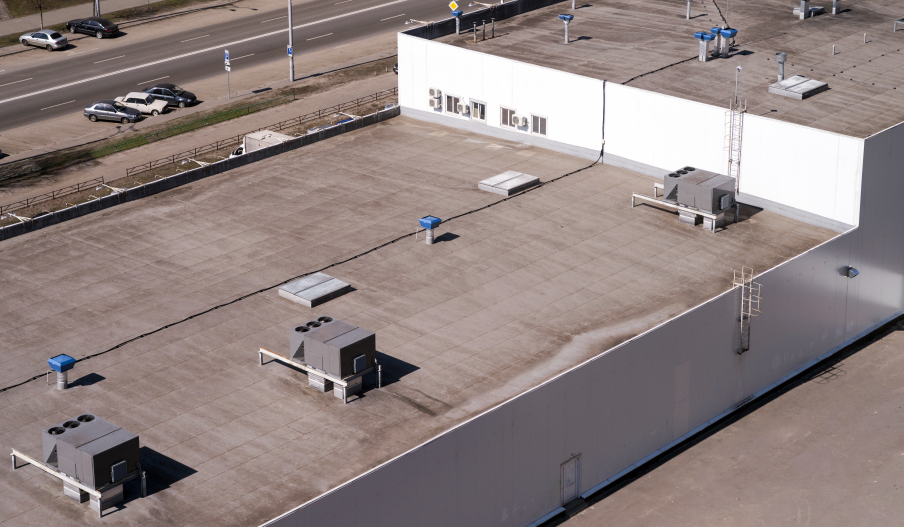
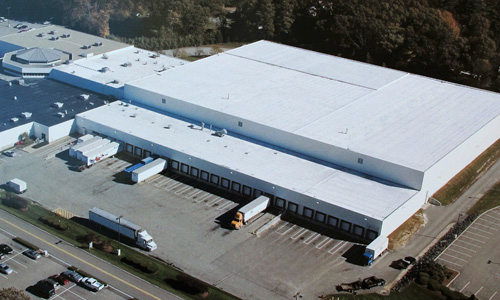
Single-Plys
Single-ply membranes are a popular choice for low-slope roofs because they are durable, easy to install, and energy-efficient. Some of the most popular single-ply membranes include TPO, PVC, and EPDM.

Pros
• Productive installation techniques.
• Moderately easy and inexpensive to repair.
• Better appearance compared to BUR and MB
• Available with a variety of cool coatings.
• Resistant to storm damage
MODIFIED BITUMEN (MOD-BIT)
Modified bitumen roofs are another popular choice for low-slope roofs. They are made from a mixture of asphalt and polymers, and they are very durable and resistant to the elements.

Pros
• Easily repaired and modified.
• Durable
• Cool Coatings exist as a surfacing option
• Capable of being added to a BUR in order to create a “Hybrid Roof”.
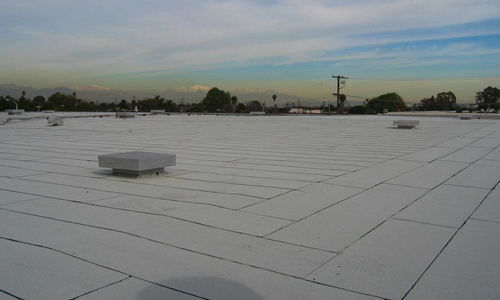
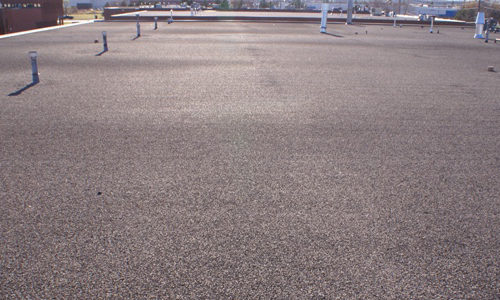
BUILT-UP ROOFS (BUR)
BUR roofs are the oldest type of low-slope roof, and they are still widely used today. They are made from multiple layers of asphalt and felt, and they are very durable and affordable.

Pros
• Proven History
• Relatively easy to repair
• Tough
Top 10 Cities in Ohio That We Service
COATINGS AND FOAMS
FLUID APPLIED COATINGS
Elastomeric Coatings are excellent in the proper situations but are rarely used as a primary source of moisture mitigation. They can provide a membrane that bonds to the structural concrete substrate for a vegetative roof. They may also be used to extend the lifetime of the system that is currently on the roof, if properly installed. Once cured, they create a monolithic membrane.
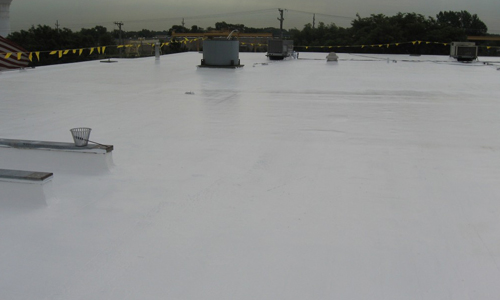
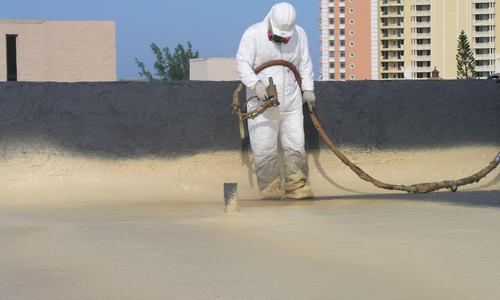
SPRAYED POLYURETHANE FOAM (SPF)
Sprayed Polyurethane Foam is a very unique type of roof system and requires a skilled installer. Similar to Elastomeric Coatings, they are typically not used as a primary membrane. SPF is typically used as an alternative to removing and replacing the current roof system.

